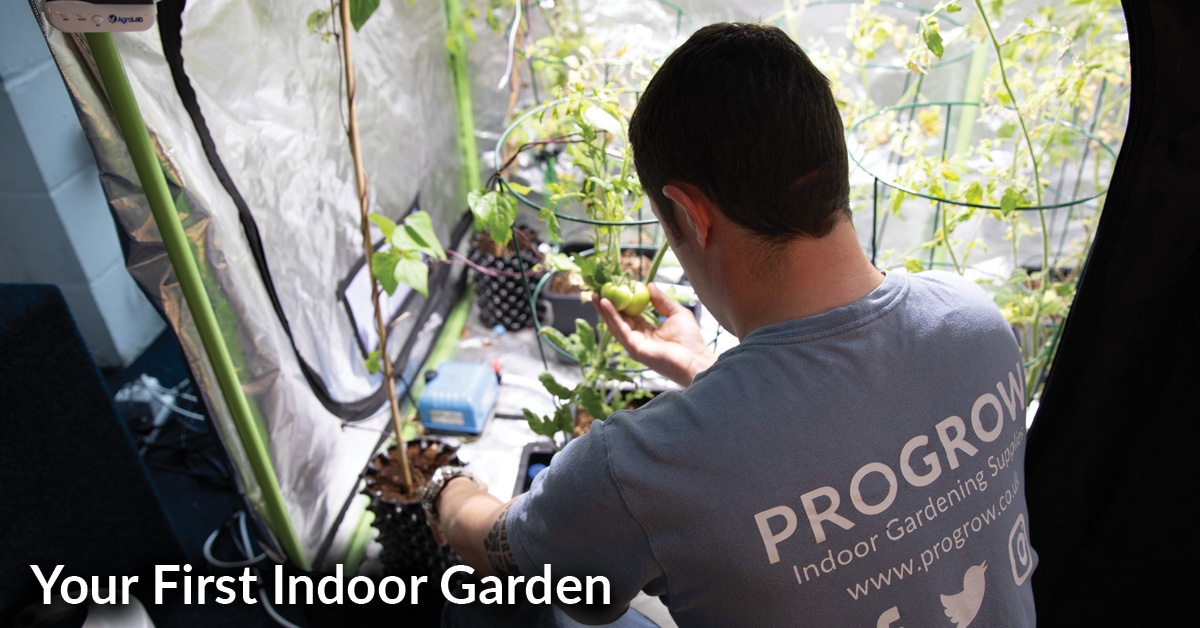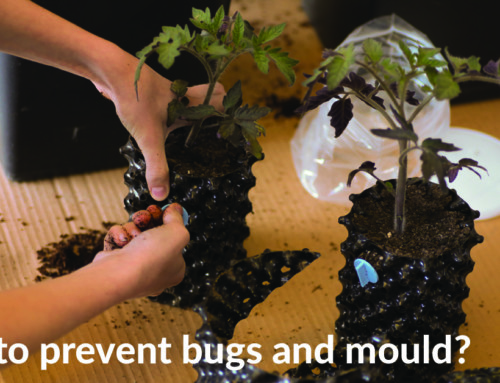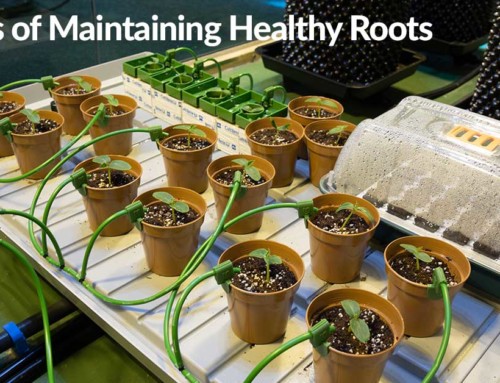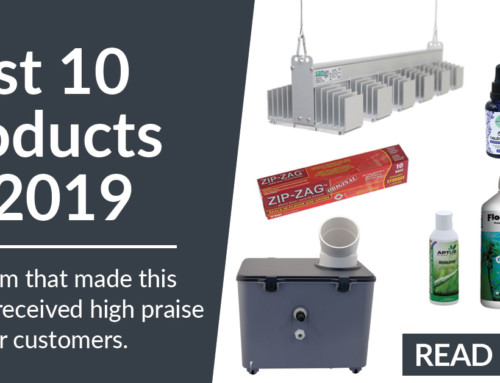Your first indoor garden Part 1 – The Growroom
So, you’ve decided to give it a go, you want to try growing your plants indoors. Enter the minefield of friends, internet forums, instagram, crazy ideas, rules, advice, theory & opinions. Most of these will be concerned with the exciting things that happen much later down the line than the creation of the environment itself.
Creating the perfect environment to grow your plants indoors is the single most important part of the process. If you can get this part right you have already won half the battle. Different plants thrive in their native environments for that very reason, light temperature, humidity etc are all perfect. Mimicking these requirements indoors is the key to a successful crop.
Your first decision will be whether to build a grow room or purchase a grow tent. Building a grow room can be quite involved, relatively expensive and will require at least some basic DIY skills and some tools. Done correctly, a built room can make maintaining temperatures, humidity and keeping noise levels down easier than using a tent. For example, a timber frame box insulated with a product like celotex sheeting will help maintain temperatures without being influenced so much by external factors. This will also keep the noise created by fans and pumps etc kept to a minimum outside of the room. Grow tents offer great convenience in comparison and can be erected and taken down very quickly and offer great value for money to the new grower. Grow tents are available in a multitude of shapes and sizes to suit your requirements and come with ready made cable/ducting exit and entry ports, hanging bars and convenient zip up doors.
After you’ve decided on which route to take you need to know where you plan to site your room. The most common choices are spare bedrooms, attics and garages. Each have their pros and cons. For example, a garage or attic may be more convenient in the way that it’s shut away and out of sight but likely be subject to seasonal impacts such as extreme low and high ambient temperatures. A spare room will in most cases have more stable temperature and humidity levels but if you have visitors regularly may not be so convenient. Sometimes you will only have one option so you’ll need to make the best out of what that is. Regardless of where you site your room, a critical part of creating the best environment possible is air flow. Plants need fresh air moving through the room at all times and the hot, stale and sometimes smelly air will need to be removed. Extractor fans pulling air out of the grow room through a carbon filter will ensure this is taken care of and prevent odours escaping. Traditional grow lights create a lot of heat so your air extraction and intake system will need to be matched to the size and location of the room and the wattage of the light. As a general rule, we try to allow for a fan with an airflow capacity of 350-400 m3 per hour per 600w HPS light fixture.
Ideally, you will bring fresh cool air into the tent to help keep the temperature levels correct and extract the hot air up and away from the grow room. Again, sometimes both cant be achieved perfectly while remaining practical, Having ducting hanging out of the spare room window in the middle of February isn’t ideal and in most cases nor is cutting holes though walls or ceilings so sometimes we need to make the best of what we have and make compromises, whether that means using a less powerful light source in return creating less heat or spending more on a more power, quieter fan such as an Revolution silenced EC fan that can cope with the heat while reaming quiet enough as to not wake up your neighbours!
Part 2- Timers, Relays & Contactors
When using any kind of lighting to grow indoors it’s essential that you keep your lighting schedules in order! If your lights don’t come on and go off on a routine schedule your plants may become confused about which stage of growth/flower they are in. This can cause all sorts of problems that arise from stress such plants becoming hermaphrodites.
When growing indoors we are replicating seasons using lighting on different time schedules, a lot of plants will continue to grow without flowering or fruiting under extended periods of light (usually 18 hours). When the timing is brought down to 12 hours, the plants will assume the late summer/early autumn is arriving and its time to flower or bare fruit. Controlling this is a vital part of a successful indoor crop. If using T5, CFL, some lower powered LED or single 600w HID lighting then a simple mechanical heavy duty timer will suffice. However, if you are using multiple HID lights you will need to use a contactor. Firing multiple HID lamps will cause a surge in electrical draw which will often fuse the pins in a timer leaving your lights permanently on or off and cause potential hazards. A contactor such as a Greenpower Eco-switch is built to deal with these issues, absorbing the surge within its mechanics and ensuring it never reaches its in-built Graslin Timer. Another benefit of using a contactor is that your lighting will in most cases only require 2 electrical outlets leaving others in the room available for fans, pumps etc without the need for hazardous trailing extension cables so often seen in grow rooms. We supply contactors built for 2, 4, 6, 8 and 16 lights. Remember, most contactors will one rated for a number of lights – this is more often than not calculated on 600w light fixtures and the unit will have a total wattage load rating. If you are using 750/1000w fixtures then you will need to get a unit that is rated for the total wattage of your lights and not necessarily the number of lights.





Leave A Comment